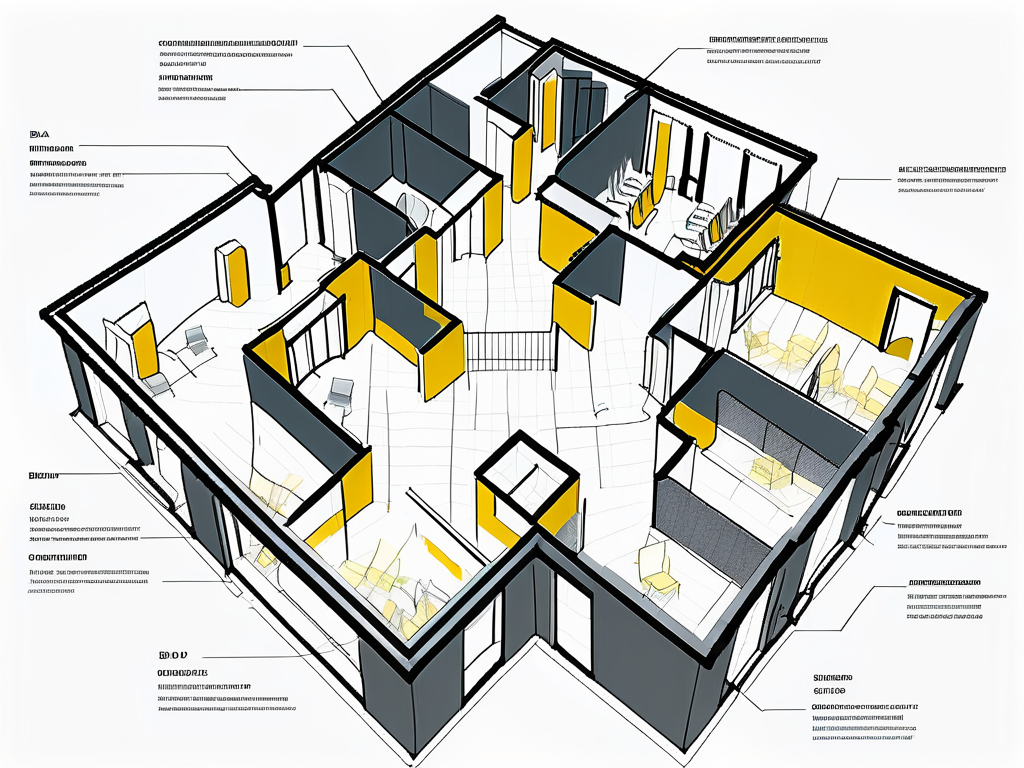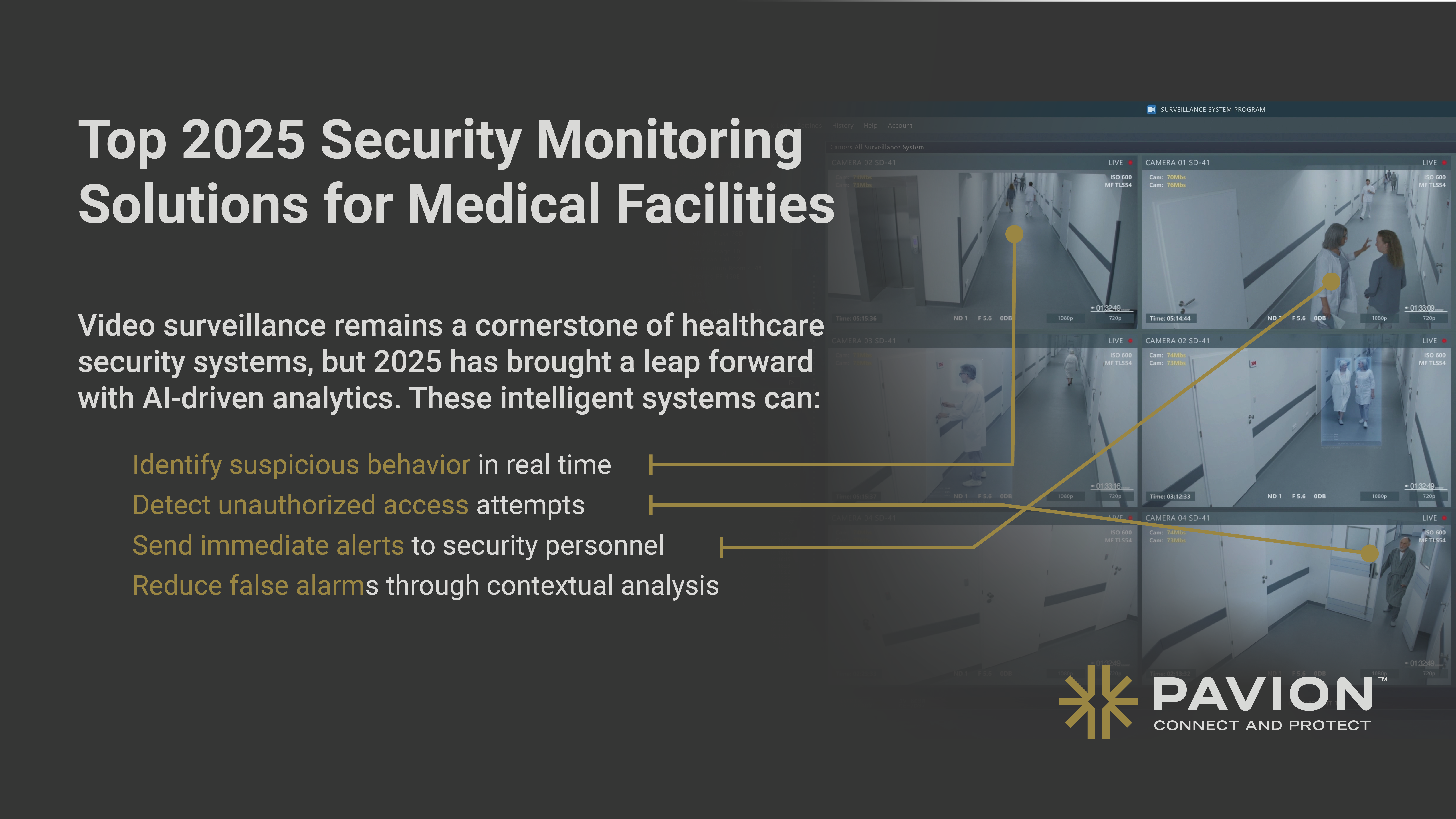
How BDA Site Surveys Help in Identifying Dead Zones in Buildings
In the realm of building safety and communication efficiency, Bi-Directional Amplifier (BDA) site surveys have emerged as a crucial tool. These surveys are instrumental in identifying and addressing dead zones in buildings, areas where radio frequencies fail to penetrate, leading to communication blackouts. Pavion, a leader in the field, specializes in conducting these surveys, ensuring optimal communication throughout your building.
Understanding BDA Site Surveys
A BDA site survey is a comprehensive examination of a building’s radio frequency (RF) environment. This involves measuring the strength of RF signals throughout the building to identify areas where signals are weak or non-existent, known as dead zones. The goal of a BDA site survey is to provide a detailed map of the building’s RF landscape, which can then be used to design and implement a BDA system that ensures reliable communication in all areas of the building.
Dead zones can occur for a variety of reasons, including building materials that block RF signals, physical obstructions, and interference from other electronic devices. By identifying these areas, a BDA site survey can provide valuable insights into the building’s communication infrastructure, enabling building owners and managers to take proactive steps to improve communication reliability and safety.
The Importance of BDA Site Surveys
BDA site surveys are not just about improving communication; they’re also about enhancing safety. In emergency situations, reliable communication is critical. Firefighters, police officers, and other first responders rely on their radios to communicate with each other and with their command centers. If they enter a building and find themselves in a dead zone, their ability to respond effectively to the situation can be severely compromised.

Moreover, BDA site surveys can also play a vital role in compliance with local and national safety codes. Many jurisdictions now require buildings to have a certain level of radio coverage to ensure that first responders can communicate effectively in the event of an emergency. By conducting a BDA site survey, building owners and managers can demonstrate compliance with these codes, avoiding potential fines and legal issues.
How BDA Site Surveys Work
A BDA site survey typically involves a team of RF engineers visiting the building and using specialized equipment to measure the strength of RF signals in different areas. These measurements are then compiled into a report, which provides a detailed overview of the building’s RF environment.
The survey team will also identify any potential sources of interference, such as other electronic devices or structural elements that could be blocking signals. Once these factors have been identified, the team can recommend solutions to mitigate their impact, such as installing additional antennas or adjusting the placement of existing ones.
Role of Fire Control Panels in BDA Site Surveys
Fire control panels like the EST3 and EST4 manufactured by Edwards play a significant role in BDA site surveys. These panels unify fire alarm, smoke control, security, and mass notification systems, providing a comprehensive overview of the building’s safety infrastructure. By integrating these systems with the BDA system, building owners and managers can ensure that all aspects of their safety and communication systems are working together effectively.
During a BDA site survey, the survey team will assess how the fire control panel interacts with the building’s RF environment. This can help identify any potential issues, such as interference between the fire control panel and the BDA system, that could affect communication in an emergency.
Implementing Solutions Based on BDA Site Surveys
Once a BDA site survey has been completed, the next step is to implement solutions to address any identified issues. This could involve installing a BDA system to boost weak signals, adjusting the placement of antennas to avoid interference, or making changes to the building’s infrastructure to improve signal penetration.
It’s important to note that implementing these solutions requires a high level of expertise. That’s where Pavion comes in. With our extensive experience in conducting BDA site surveys and implementing BDA systems, we can provide the guidance and support you need to ensure reliable communication throughout your building.
Conclusion
In conclusion, BDA site surveys are a critical tool for identifying dead zones in buildings and improving communication reliability. By providing a detailed overview of a building’s RF environment, these surveys can help building owners and managers take proactive steps to enhance safety and comply with local and national safety codes.
At Pavion, we specialize in conducting BDA site surveys and implementing BDA systems. With our expertise and commitment to excellence, you can trust us to provide the solutions you need to ensure reliable communication in your building.
Ensure Uninterrupted Communication with Pavion
Don’t let dead zones compromise your building’s safety and communication. Partner with Pavion to connect and protect your space with our comprehensive fire, security, and integration solutions. Our industry-leading experience is your asset in creating a seamless communication environment. Take the first step towards clarity and transformation in safety and security. Get a Free System Assessment today and experience our commitment to technology innovation and radical service.


